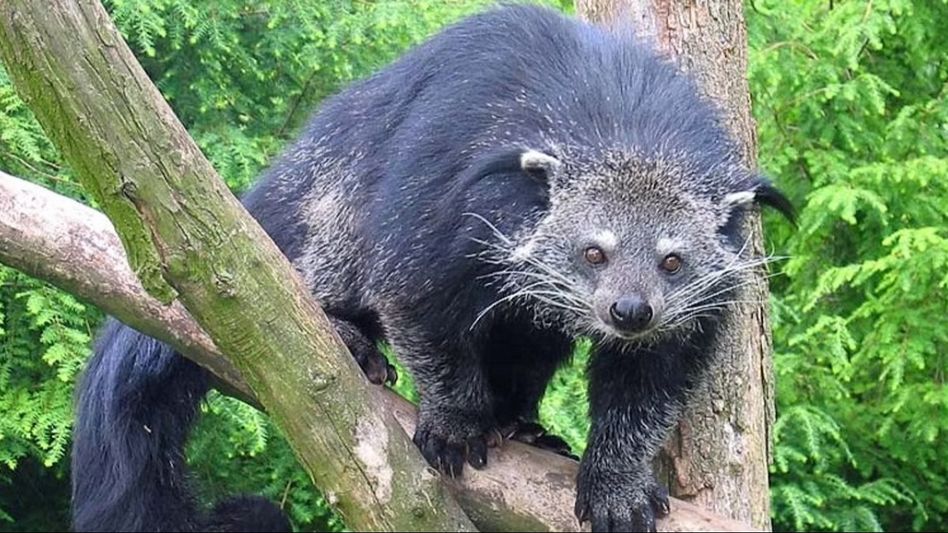Assam: Two new mammalian species recorded in Kaziranga
In the lush wilderness of Assam's Kaziranga National Park, a sanctuary renowned for its one-horned rhinoceroses and diverse ecosystem, wildlife enthusiasts have reason to celebrate.

In the lush wilderness of Assam's Kaziranga National Park, a sanctuary renowned for its one-horned rhinoceroses and diverse ecosystem, wildlife enthusiasts have reason to celebrate.
Two new mammalian species have been identified within this biodiverse haven, elevating the total count of mammalian species to 37.
The recent discoveries of the binturong, also known as the bearcat (Arctictis binturong), and the small-clawed otter (Aonyx cinereus) were made during an enumeration survey of water birds.
The binturong, the largest civet in India, is a nocturnal and arboreal creature that has remained elusive due to its secretive nature and preference for the treetops.
It was photographed by tour guide Chirantanu Saikia during the fifth migratory bird count in the reserve. This species is listed under Schedule I of the Wildlife Protection Act, of 1972, highlighting its importance and the need for conservation efforts.
Also Read: Himanta Biswa Sarma shares picture of rare golden tiger recently spotted in Kaziranga National Park
The small-clawed otter, the world's smallest otter species, was spotted after a training program for officers and frontline staff conducted by the Wildlife Institute of India in collaboration with the Assam Forest Department. With partially webbed feet and short claws, these otters are adept hunters in aquatic environments, feeding on fish, crustaceans, and mollusks. They are highly social animals, living in family groups and communicating through various vocalizations.
These significant findings not only add to the rich tapestry of life in Kaziranga but also underscore the park's role as a critical sanctuary for endangered species. The park, which spans across parts of Golaghat, Nagaon, and Sonitpur districts, is a World Heritage Site famous for its Great Indian one-horned rhinoceros. It boasts a landscape of dense forests, tall elephant grass, rugged reeds, marshes, and shallow pools, providing a perfect habitat for its inhabitants.
Kaziranga's fauna includes the Big Five—rhinoceros, elephants, tigers, wild water buffaloes, and eastern swamp deer—alongside other mammals like the Indian wild boar, gaur, sambar, hoolock gibbons, Gangetic dolphins, capped langurs, sloth bears, leopards, and jackals.
The addition of the binturong and small-clawed otter to this list is a testament to the park's ongoing conservation success and its vital role in preserving India's natural heritage.
Copyright©2025 Living Media India Limited. For reprint rights: Syndications Today









